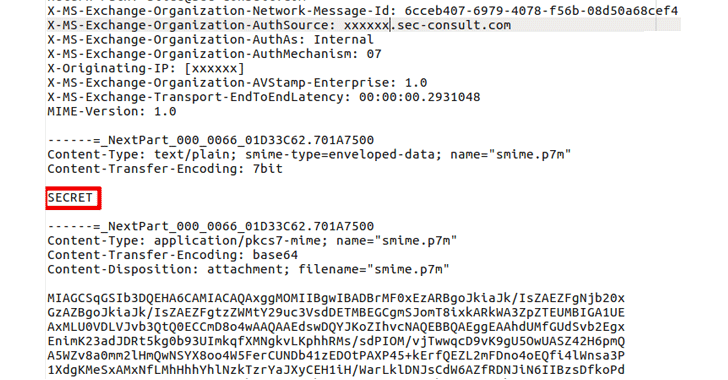
:max_bytes(150000):strip_icc()/typewriter-1031317_1920-213769420f4541fcbee14313f05c8ed3.jpg)
RTF is synonymous with TNEF (TNEF and RTF can be used interchangeably). Rich text format (RTF): RTF supports text formatting and other graphical elements. By definition, an HTML-formatted message must be MIME-encoded to preserve these formatting elements. HTML: An HTML message supports text formatting, background images, tables, bullet points, and other graphical elements. By default, when you compose and send a plain text message in Outlook, the message is MIME-encoded with a Content-Type value of text/plain. Any message attachments are encoded by using Quoted-printable or Base64 encoding. The message is MIME-encoded with a Content-Type value of text/plain, and a Content-Transfer-Encoding value of 7bit for the text parts of a multipart message. Uuencode represents Unix-to-Unix encoding and defines an encoding algorithm to store binary attachments in the body of an email message by using US-ASCII text characters. Attachments must be encoded by using Uuencode. The message headers and the message body are composed of US-ASCII text. The following two formats can be used for a plain text message: The message can't contain different fonts or other text formatting. Plain text: A plain text message uses only US-ASCII text as described in RFC 5322. The following list describes the basic message formats available in Exchange and Outlook: For more information, see Managing Content Conversion Tracing. Content conversion tracing captures these MAPI conversion failures. The Mailbox Transport Submission service converts all outgoing messages from MAPI and the Mailbox Transport Delivery service converts all incoming messages to MAPI. The Mailbox Transport Delivery service transmits messages from the Transport service on a Mailbox server to the recipient's Inbox. Specifically, the Mailbox Transport Submission service transmits messages from the sender's Outbox to the Transport service on a Mailbox server.

The Mailbox Transport service exists on Mailbox servers to transmit messages between mailbox databases on the local server, and the Transport service on Mailbox servers. MAPI conversion for internal recipients: This type of content conversion is handled by the Mailbox Transport service.

Content conversion tracing doesn't capture any content conversion failures that the categorizer encounters as it converts messages sent to external recipients. If a single message contains multiple recipients, the categorizer determines the appropriate encoding for each message recipient. In addition to recipient resolution and routing resolution, content conversion is performed on the message before the message is put in a delivery queue. Categorization on each message happens after a newly arrived message is put in the Submission queue. This type of content conversion is handled by the categorizer in the Transport service on a Mailbox server. Messages sent to recipients inside the Exchange organization don't require this type of content conversion. Message conversion for external recipients: This type of content conversion includes the Transport Neutral Encapsulation Format (TNEF) conversion options and message encoding options for external recipients. The types of content conversion that occur in Exchange 2016 and Exchange 2019 are unchanged from Exchange 2013: The decision to perform content conversion on a message depends on the destination and format of the message. Content conversion is the process of correctly formatting a message for each recipient.


 0 kommentar(er)
0 kommentar(er)
